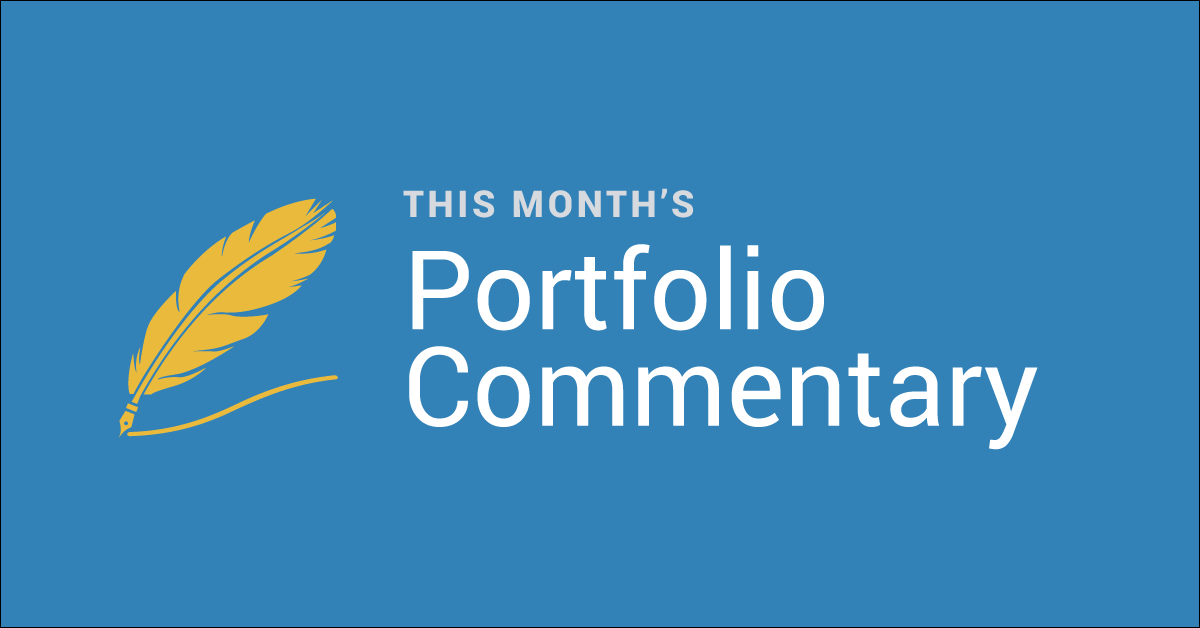BRAMSHILL BLOG: From the Desk of Bramshill Investments

The Bramshill Income Performance Strategy performed well in August, up +1.41% on the month, which brings our YTD performance to +2.36%. Having positioned the portfolio defensively coming into 2Q20, we were able to allocate capital as prices in credit moved lower earlier this year.
The portfolio benefitted from this opportunistic rotation (the 6th major shift in the 11 years of managing the Income Performance Strategy) out of cash/ST US Treasuries and primarily into preferreds, investment grade corporates and senior secured high yield corporates. In the past few months, the portfolio has benefitted from this opportunistic repositioning. In August, we made few changes to the portfolio. Our preferred allocation remained stable at 44% of the portfolio. These positions have experienced a recent spread tightening but continue to offer value as they are still cheap from a historical basis on spread vs treasuries. We reduced our investment grade corporate exposure slightly to approximately 15% as we took profits in LNC and RGA hybrid securities. We marginally increased our exposure in high yield corporates to approximately 18% of the portfolio by adding to our position in X 12% 6/25 secured bonds. Our entire municipal allocation (approximately 14% of the portfolio) is in municipal closed end funds trading at attractive NAV discounts. Cash/ST US Treasuries remained stable at approximately 7% of the portfolio. One note regarding interest rates, recently we have expressed our view that the Fed is “pegging” US rates at this time. Whether the Fed officially states they are exercising yield curve control or they are simply using QE tools which are large and very flexible in size, both of these are consistent with our view that interest rates will remain very low. A recent academic professor’s research piece went as far as saying the Fed will keep the Fed Funds rate at zero for the next 5 years. We are not sure of that extreme, but currently Eurodollar futures are implying the next Fed rate hike will not occur until some time in 2023. Clearly, the Fed has also stated its intention to allow inflation to run hotter than normal. They have also strongly stated they do not want negative interest rates, as that would be damaging to risk assets. Thus, our view is that given 10yr inflation break-evens are at approximately 1.70% and given the fact that a steeper curve (relative to the now zero fed funds) would be beneficial to the banks and viewed positively by the investment community, we see the Fed allowing the 10yr - 30yr rates to move a bit higher. Our humble range would be 0.60%-1% on 10yr treasury yields and 1.25-2% on 30yr treasury yields. At the lower end of those ranges, we would expect our portfolio to perform very well with larger principal gains ahead in addition to an approximate 5% portfolio yield, with a backdrop of a Fed which is highly supportive of US credit. At the upper end of those interest rate ranges, we would anticipate spread tightening against rising treasury yields and would expect to see moderate principal gains while collecting an attractive coupon. Currently we are running an approximate 3.9yr duration and approximately 50% of our portfolio has securities that benefit from rising rates. We will continue to assess the environment and make adjustments accordingly.
This commentary is provided by Bramshill Investments, LLC for information purposes only and may contain information that is not suitable for all investors. Certain views and opinions expressed herein are forward-looking and may not come to pass. Investing involves risk, including the potential loss of principal. Past performance may not be indicative of future results, which are subject to various market and economic factors. No statement is to be construed as an offer to sell or a solicitation of an offer to buy securities or the rendering of personalized investment advice. Stated performance is reflective of realized/unrealized capital gains/losses and investment income achieve in composite accounts, net of investment management fees and expenses for trading, custody and fund maintenance (where applicable). Returns reflect the reinvestment of dividends and other such distributions and performance for January 2009 through April 2012 depicts actual returns generated by the strategy while managed by the Firm’s Chief Investment Officer at an unaffiliated investment firm. All information is accurate as of the date of publication and is subject to change without notice.







